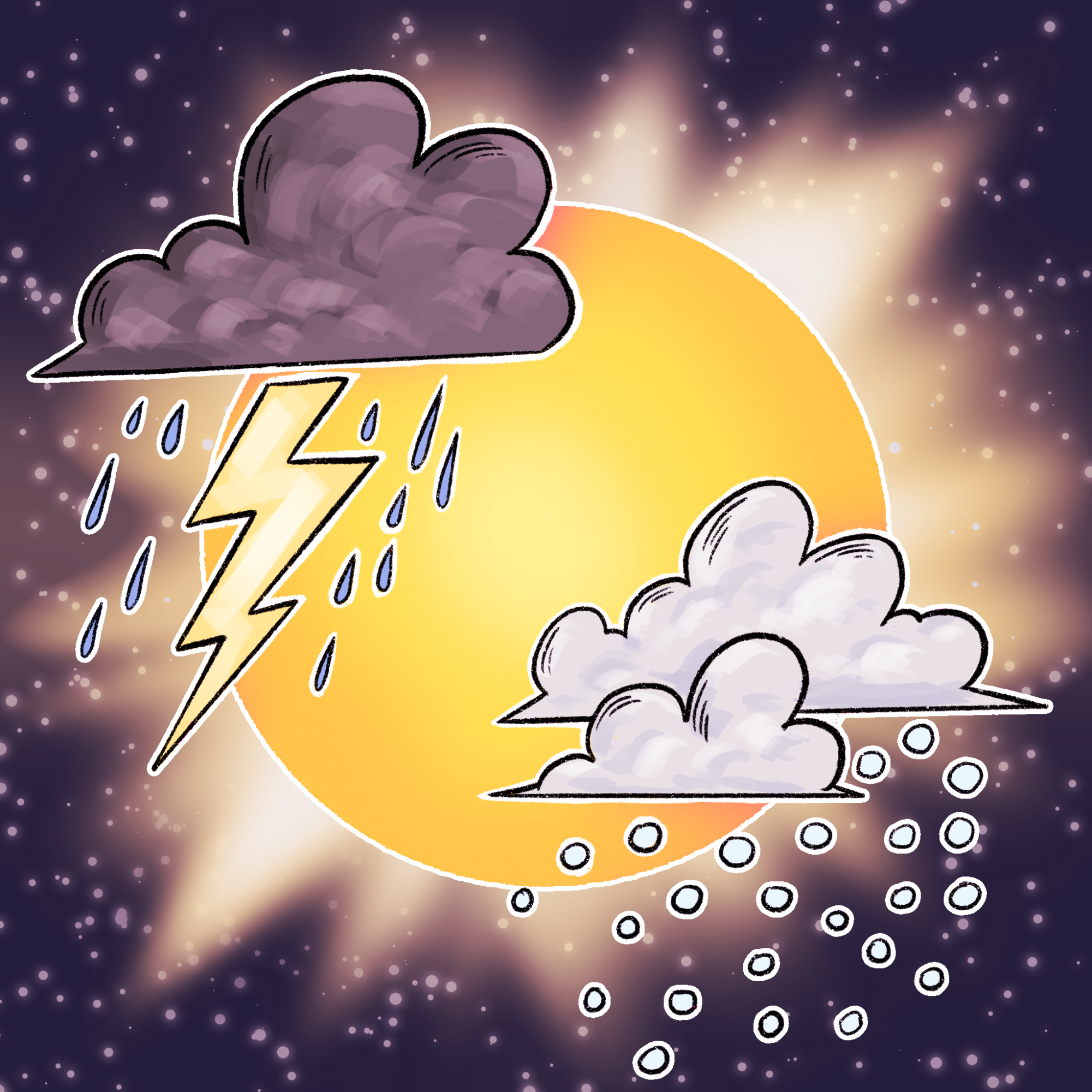In the 1600s, Italian astronomer Gian Domenico Cassini made a groundbreaking discovery while observing Jupiter – a massive spot that is now known as the Great Red Spot or Permanent Spot. This planetary feature is believed to be evidence of a massive Jovian storm, but recent research suggests that the storm we see today is not the same one that Cassini observed nearly four centuries ago.
What appears as a red spot is actually a huge anticyclone vortex that is twice the size of Earth. Modern observations indicate that the storm is characterized by winds blowing at speeds of up to 400 miles per hour, with its distinct color possibly resulting from interactions between elements in Jupiter’s atmosphere and radiation. Despite being known for centuries, this mysterious celestial body continues to hold many secrets for scientists.
Cassini was a pioneer in telescopic astronomy who first observed the spot in 1665 as a dark oval and noted it was a permanent feature that consistently appeared in the same location with the same size and shape. Although spot sightings were recorded until 1713, observations ceased until they were revived by other scientists in 1831 through historical observations. Through this analysis, modern researchers have been able to track the size and movement of the spot over time, comparing older observations with current ones and simulating various scenarios for its origin.
Recent research has shown that the spot we see today is more similar to what was observed in the 1800s rather than what Cassini spotted. The Great Red Spot has undergone changes over time, contracting and becoming more circular likely due to increased rotation. Agustín Sánchez-Lavega, a professor of applied physics at the University of the Basque Country in Bilbao, Spain who led this study expressed his inspiration from studying Cassini’s notes and drawings saying “We have now quantified what others before us had only imagined.”



